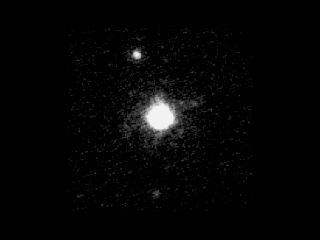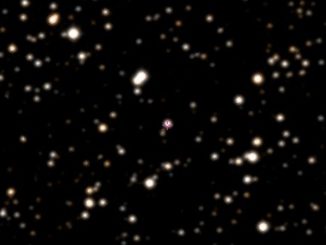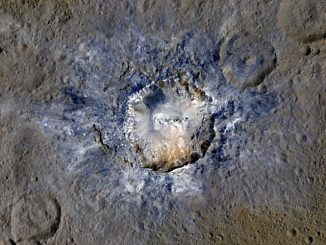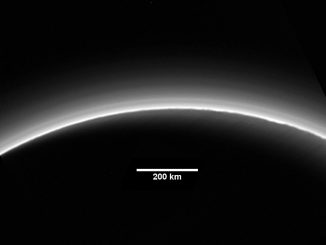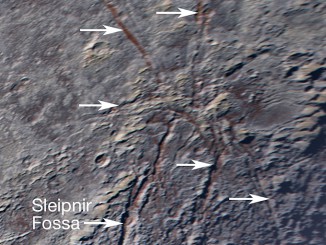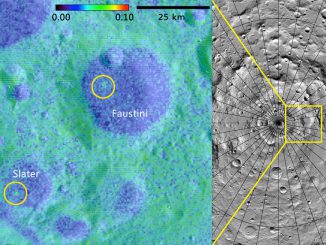
Scientists find fresh impact craters near the Moon’s south pole
Using data from NASA’s Lunar reconnaissance Orbiter, scientists have discovered two geologically young craters — one 16 million, the other between 75 and 420 million years old — in the darkest regions of the Moon’s south pole. Such craters provide valuable information on the frequency of collisions in the solar system.

